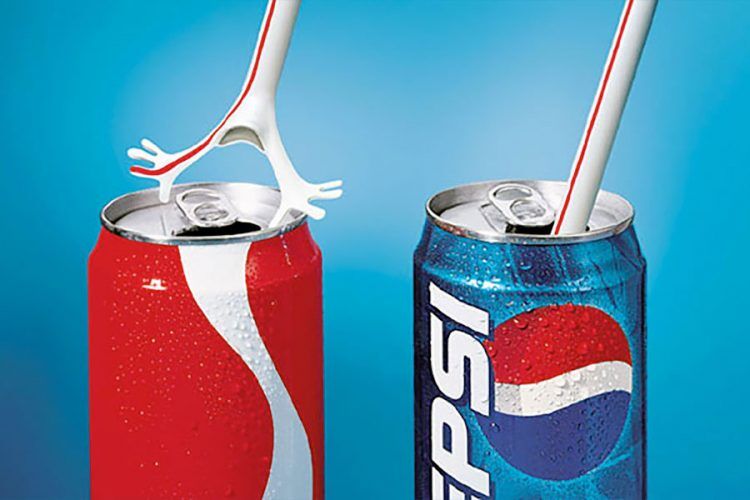Protection of Intellectual Property is important for encouraging and promoting innovations. Without protection, businesses would not take risk and always be on the safer side to avoid loss. As defined by WIPO “Intellectual property rights are like any other property right. They allow creators, or owners, of patents, trademarks or copyrighted works to benefit from their own work or investment in a creation”.
What is a Trademark and what are Trademark Rights?
A Trademark is any word, design, logo or expression which identifies products and services of a business distinct from another. Trademarks are registered for a period of 10 years which can be renewed subject to the payment of renewal fees.
The registration of a Trademark gives the holder some Rights which they can exercise. A Registered Trademark gets statutory protection. But it doesn’t deprive the unregistered Trademarks from protection. They are protected by the common law of torts by passing off. Section 28 of Trademarks Act, 1999 provides that the registration of a trade mark shall, if valid, give to the registered proprietor of the trade mark the exclusive right to the use of the trade mark in relation to the goods or services in respect of which the trade mark is registered and to obtain relief in respect of infringement of the trade mark.
What is comparative Advertising?
The term ‘Comparative Advertising’ is used to describe advertisement of products of one trader with that of another trader. A comparative advertising may involve the comparison of the features of a company’s product with the products of competitor.
In Comparative Advertising the advertising company may take the competitor’s name implicitly or explicitly to show that their product is superior or as equivalent.
No statutory laws in India defines Comparative Advertising but EUROPEAN PARLIAMENT AND OF THE COUNCIL of 6 October 1997 amending Directive 84/450/EEC to include definition of Comparative Advertisement under Article 2 as “advertising which explicitly or by implication identifies a competitor or goods or services offered by a competitor”.
Does Comparative Advertising infringe Trademark Rights?
Trademarks allow us to exclusively use the registered mark for business purposes. Registration of trademark allows the customer or illiterate or unintelligent customers to identify or distinguish the trademark of a trader with that of another. That is why similar type of trademarks are objected, so that it doesn’t create a confusion to the mind of general public as to the goods and services of two similar traders.
Section 29(8) of Trademarks Act, 1999 says that any advertisement which is not in accordance with honest practices; or is detrimental to the distinctive character, or to the repute of the mark, shall be an act constituting infringement. Section 30(1) of the Act made comparative advertising an exception of section 29. It provides that any advertisement if made in accordance with honest practices and is not such as to take unfair advantage of or be detrimental to the distinctive character or repute of the trade mark it doesn’t creates any trademark infringement.
In Colgate Palmolive Company and Anr. v. Hindustan Unilever Ltd. 2014 (57) PTC 47 (Del) The Defendant had released two advertisements, one a Television commercial and the other a print advertisement. The advertisement showed the Pepsodent Germi check product of the Defendant to be superior to the Colgate Strong Teeth on the basis of a scientific study.
The TVC cannot be said to be per se disparaging. It was held that:
The voice over at the end of the impugned TVC which states ―Naya Pepsodent Germi Check Colgate Ke Mukable 130 pratishat Germ Attack Power is misleading and inaccurate as it covers not only the concerned product of Colgate in the advertisement but all products of Colgate. The same is required to be deleted from the TVC or at the option of Defendant/Respondent suitably modified to refer only to Colgate Strong Teeth.
The Defendant/Respondent was restrained from publishing the impugned print advertisement.
Conclusion:
Section 29(8) and Section 30(1) of Trademarks Act, 1999, allows Comparative Advertisement but subject to some limitations. As long as the traders comply with these sections, Comparative Advertisement will not amount to Infringement of Trademark Rights.
In the case of Dabur India Limited Vs Emami Limited, 112(2004) DLT73, the single judge relied on RECKITT & COLMAN OF INDIA LTD. VS. KIWI T.T.K. LIMITED; 1996 (16) PTC 393 and observed that “a manufacture is entitled to make a statement that his goods are the best and also make some statements for puffing of his goods but the same would not give a cause of action to other traders or manufacturers of similar goods to institute proceedings as there is no disparagement or defamation to the goods of the manufacturer so doing. However, a manufacturer is not entitled to say that his competitor’s goods are bad so as to puff and promote his goods.”




